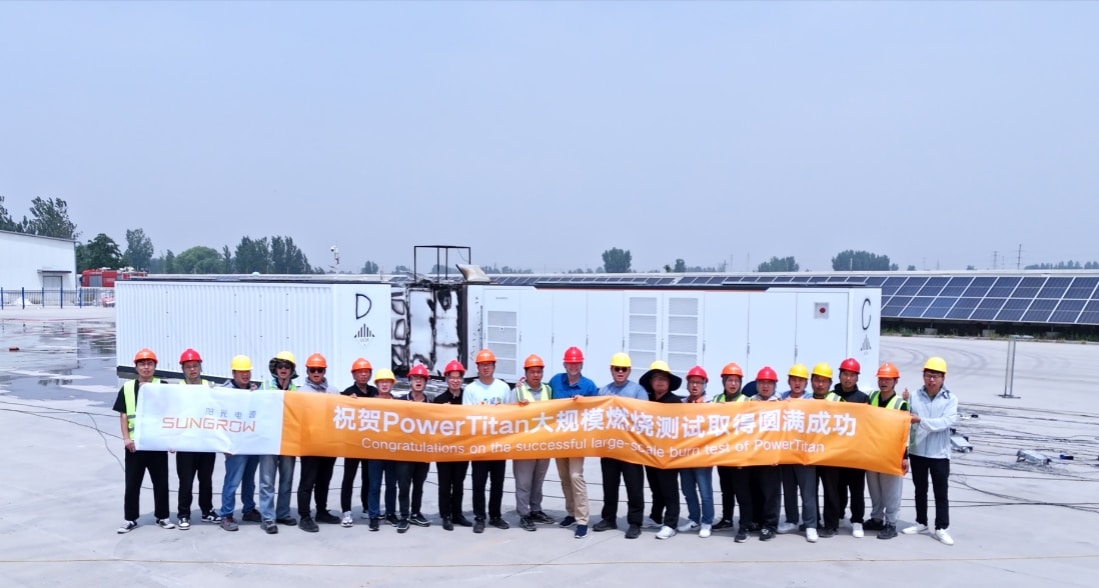Conductor Solar analyzes mid-market solar deals in new report

Solar energy’s middle market (or non-residential) includes everything in between the residential and utility segments. Historically mid-market solar hasn’t received the same attention as those segments. Conductor Solar, a deal platform for commercial and community solar projects, is changing that with the Solar Project M&A Mid Market Report.
“We’re excited to give this snapshot to the industry,” states Marc Palmer, CEO. “I tell people all the time that we have a unique vantage point seeing hundreds of deals every year. I finally get to show it. And it’s important to me because this segment of the market is often overlooked and misunderstood.”
Mid-market solar
This new report is made possible by a rich data set of detailed project information from sellers and standardized bids from buyers in the Conductor platform. Conductor Solar helps partners find each other and work together to finance and build new solar PV and battery energy storage. From the report:
“The middle market landscape is also changing constantly. Project developers and contractors regularly shift focus by geography and project type. IPPs likewise shift focus in response to policy and economic conditions and changes in the capital markets. This creates a dynamic and multi-dimensional matrix of buyer and seller priorities for the M&A process.”
According to SEIA and Wood Mackenzie, the U.S. middle market installed 3.8 GWdc in 2024, split between 2.1 GWdc of commercial solar and 1.7 GWdc of community solar, setting annual records in both categories.
Sellers created 887 projects on the Conductor Solar platform in 2024, totaling over 1 GWdc of proposed system capacity. And qualified projects were cross-referenced with over 75 potential buyers and received bids from 39 discrete buyers.
Solar Project M&A Mid Market findings
● Broader geographic distribution in commercial and industrial projects
● A base of sellers dominated by developers and contractors
● Asymmetric deal volumes by number of deals and deal value, and
● A median bid spread of 17% from an average of 3.3 buyers per opportunity
In 2024, more than half of the projects in the marketplace came from EPCs, with 25% from developers and another 9% from firms playing both of these roles. Over 10% of projects came from IPPs who also
undertake certain aspects of project development. While IPPs are typically buyers in the marketplace, they will sell when their pipeline grows ahead of their funds or when projects that were once of interest no longer fit their strategic objectives.
“The messy middle is fascinating and challenging,” states Aaron James, COO. “We’re working to make it easier for buyers and sellers, and this report gives everyone a new baseline. I think a lot of people will be surprised by the price dispersion, we certainly were. This part of the market is far from standardized, and buyers take different views on key pricing variables.”




